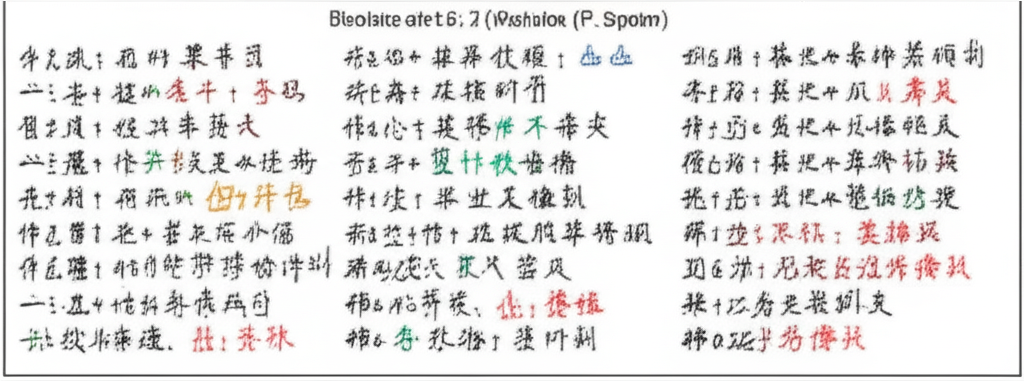Tannic acid, identified by its CAS number 1401-55-4, is a specific form of tannin, a naturally occurring polyphenol found in various plants, barks, and fruits. It is not a single, uniform compound but rather a mixture of polymers of gallic acid and glucose. Commercially, it is most often extracted from the nutgalls formed by insects on the twigs of certain oak trees. Presented as a yellowish to light brown powder, tannic acid is characterized by its faint, characteristic odor and strong astringent taste. Its unique chemical properties, particularly its ability to bind with and precipitate proteins, alkaloids, and other organic compounds, make it an incredibly versatile and valuable raw material across a multitude of industries. NINGBO INNO PHARMCHEM CO.,LTD. is dedicated to providing high-purity tannic acid that meets the rigorous standards of our diverse clientele.
The chemical structure of tannic acid, with its numerous phenol groups, is the key to its functionality. These hydroxyl groups allow it to form strong hydrogen bonds with proteins and other macromolecules. This property is fundamental to its oldest and most well-known application: the tanning of leather. By cross-linking the collagen protein fibers in animal hides, tannic acid stabilizes the structure, making the hide more durable, flexible, and resistant to decomposition. This process transforms raw hides into stable leather, a cornerstone of the textile and apparel industries for centuries.
Beyond leather, the textile industry utilizes tannic acid as a mordant in dyeing. A mordant is a substance used to set dyes on fabrics by forming a coordination complex with the dye, which then attaches to the fabric. Tannic acid's ability to bind to textile fibers helps to fix colors, particularly on cellulosic fibers like cotton, enhancing color fastness and preventing bleeding, resulting in more vibrant and durable finished products.
In the food and beverage sector, tannic acid serves multiple functions. It is widely employed as a clarifying agent in the production of beer, wine, and fruit juices. By binding with haze-forming proteins, it causes them to precipitate out of the solution, resulting in a clearer, more visually appealing final product. Its astringent properties also contribute to the characteristic mouthfeel and complexity of beverages like red wine and tea. Furthermore, it is used as a natural flavoring agent and its antioxidant properties can help in preserving certain food products, preventing spoilage and extending shelf life.
The applications of tannic acid extend into the pharmaceutical and medical fields. Historically, it has been used for its astringent and styptic properties to treat wounds, burns, and inflammation. The astringent action helps to constrict tissues and reduce secretions, while its ability to form a protective layer over exposed tissue can aid in the healing process. While modern medical treatments have evolved, the inherent antimicrobial and antioxidant properties of tannic acid continue to be a subject of scientific research for potential new therapeutic applications, including roles in anti-inflammatory and antiviral agents.
In the realm of heavy industry and environmental applications, tannic acid proves its worth as an effective corrosion inhibitor and descaling agent. It can be applied to iron and steel surfaces to form a protective, passivating layer of ferric tannate. This blue-black layer is more stable and resistant to rust than the underlying metal, a technique often used in the restoration of historical iron artifacts and as a primer for painting. In water treatment, it can be used for boiler descaling and to precipitate heavy metals, contributing to the purification of industrial water streams.
Furthermore, tannic acid is a key ingredient in the manufacturing of certain types of inks, particularly iron gall ink, which was the standard writing ink in Europe for over a thousand years. The reaction between tannic acid and an iron salt creates a water-soluble complex that becomes a permanent, water-resistant black pigment upon oxidation on paper. It is also used in the formulation of adhesives and as a coagulant for rubber.
Given its wide-ranging utility, the quality and purity of tannic acid are paramount for achieving desired outcomes in any application. The procurement process requires careful consideration of the material's specifications, such as solubility, pH, and purity levels. For businesses looking to harness the power of this remarkable natural compound, partnering with a reliable and experienced chemical **manufacturer** is crucial. A knowledgeable **supplier** can provide consistent, high-grade material tailored to specific industrial needs. When evaluating options to **buy** or **purchase** this raw material, factors beyond **price**, such as supply chain reliability and technical support, are essential for seamless integration into manufacturing processes. NINGBO INNO PHARMCHEM CO.,LTD. stands as a premier source for high-quality tannic acid powder, ensuring our clients receive a product that delivers exceptional performance and value.

Manufacturing Facilities






Professional Export Experience
to Global Customers

1. 20 years of R&D, manufacturing and sales experience, serving customers in 60 countries and regions around the world;
2. Own R&D laboratory, pilot platform and large-scale production workshop, which can meet the audit requirements of global customers;
3. We can satisfy customers' perfect transition from small scale lab requirements (gram level) to commercialization requirements (hundred tons level).
A: We don't have Minimum Order Quantity, exact quantity should be provided before quotation for us to calculate the exact cost.
A: We don't provide free samples due to lots of request and expensive international courier's cost, we can deduct the sample charge after commercial order placed.
A: Our payment terms: Small or sample order: T/T IN ADVANCE. Commercial order: First order should be by T/T IN ADVANCE or L/C at sight, and following orders T/T 30~90days is acceptable subject to approval of credit application.